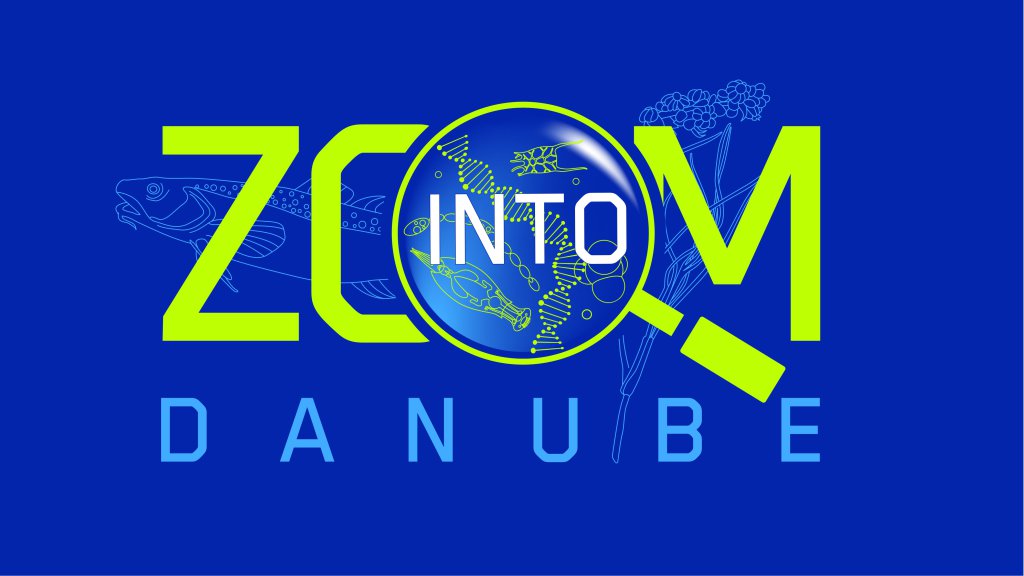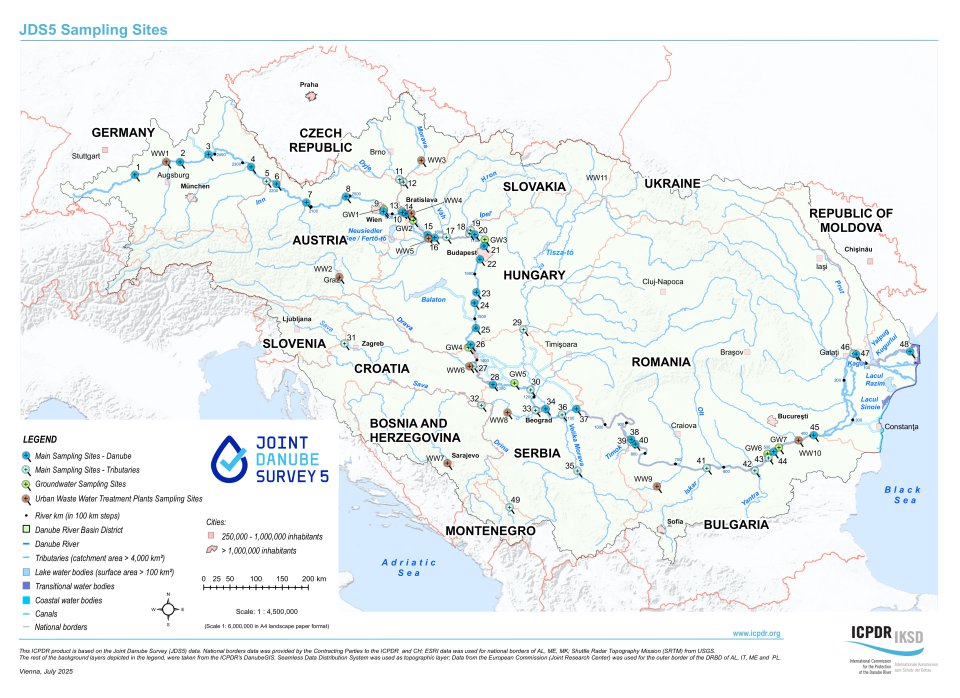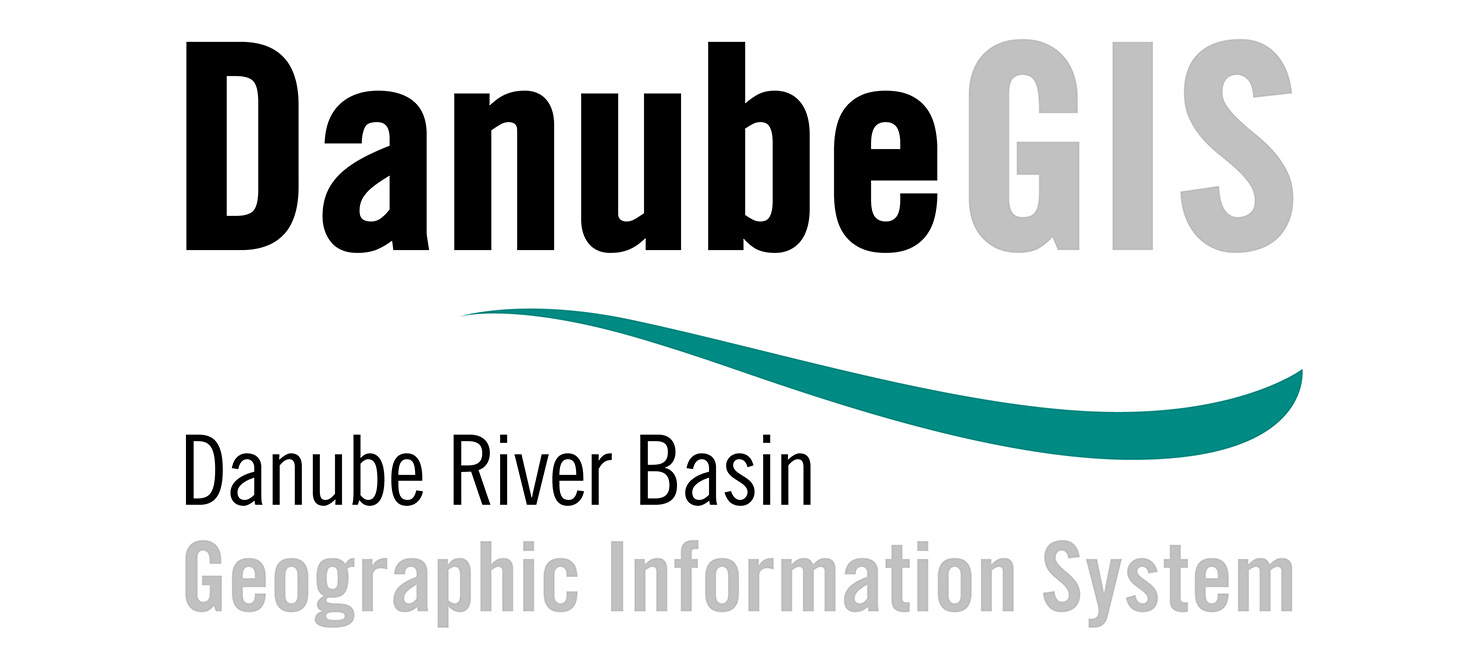About JDS5

Welcome to the the website of the 5th Joint Danube Survey (JDS5), the most comprehensive investigative surface-water monitoring effort in the world.
Why JDS?
Since 2001, the Joint Danube Surveys (JDS) have provided unparalleled insights into the water quality, biological diversity, and impact of human activities along the Danube and its tributaries to help facilitate informed decision-making at national and regional levels. The Danube River Protection Convention and the Danube River Basin Management Plan (DRBMP) are key frameworks guiding JDS efforts.
The key purpose of Joint Danube Surveys (JDS) is to produce reliable and comparable information on carefully selected elements of water quality along the entire length of the Danube River and its major tributaries. JDS also helps to harmonize water monitoring practices and procedures in accordance with the EU Water Framework Directive (WFD) through close coordination and further training.
JDS5 will kick-off in mid-2025 at sampling sites in 14 countries across the Danube River Basin.
JDS5 builds upon the successes of previous surveys (JDS1-4) by integrating innovative technologies like environmental DNA (eDNA), microplastic assessments, and advanced monitoring techniques. With a stronger focus on public engagement, JDS5 aims to bridge the gap between science and communities, bringing everyone along on this journey of discovery and action.
Key Objectives of JDS5
The main goals of JDS5, maintained through all past surveys and further expanded in JDS5, are:
- Collecting Unique Data: Gathering information on pollutants and emerging contaminants not typically monitored in national programs.
- Harmonizing Water Quality Information: Ensuring data comparability across all Danube countries to support effective policymaking and conservation efforts.
- Enhancing Public Engagement: Creating opportunities for citizens, students, and communities to participate in water protection efforts through citizen science and digital outreach initiatives.
What's New in JDS5?
JDS5 introduces exciting new focus areas to deepen our understanding of the Danube’s ecosystem:
Water Quality Analysis: Evaluating pollution, chemical contaminants, and nutrient loads.
- Biodiversity Monitoring: Utilizing eDNA alongside traditional methods to assess species diversity, including a special focus on the iconic Danube Sturgeon
- Tracking Emerging Threats: Investigating microplastics and thousands of new pollutants to safeguard aquatic ecosystems
- Expanding Public Engagement: Leveraging digital tools, citizen science programs, and educational partnerships to connect more people directly with the river.



